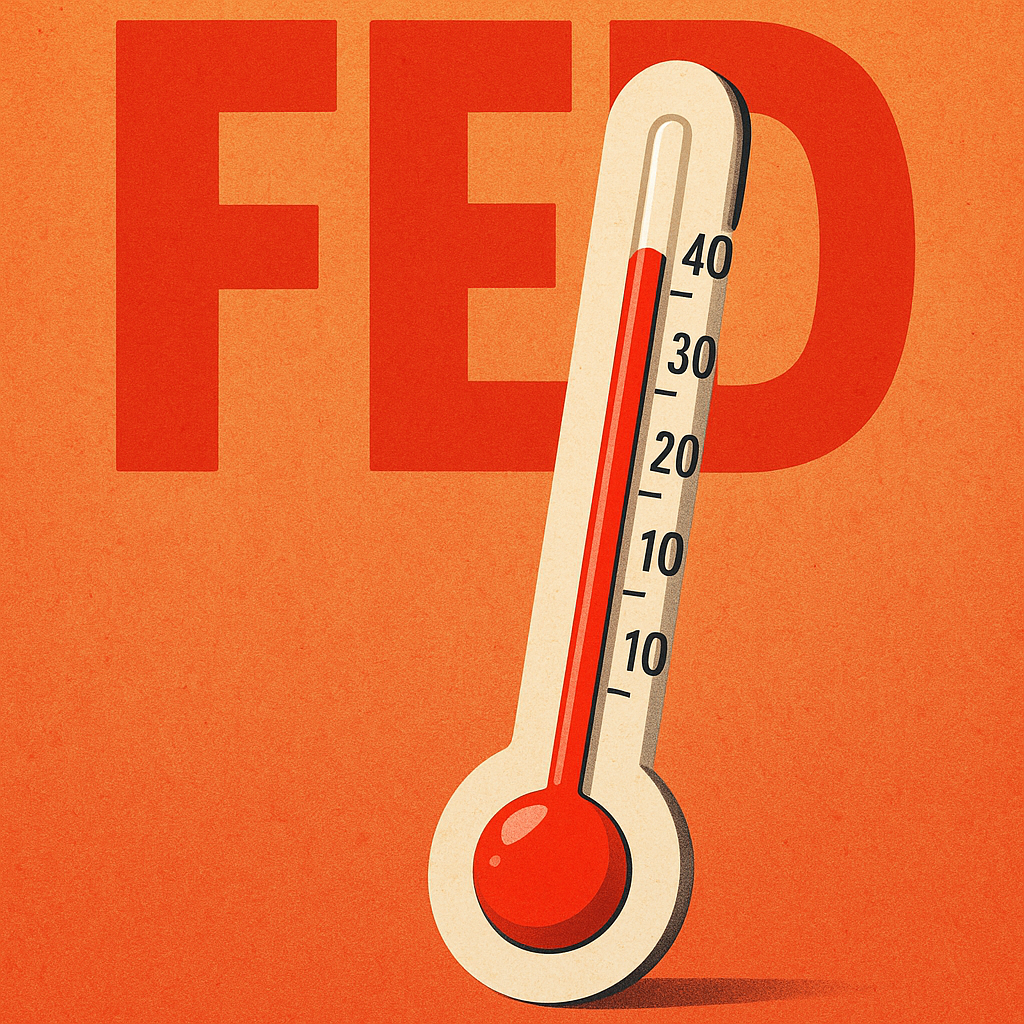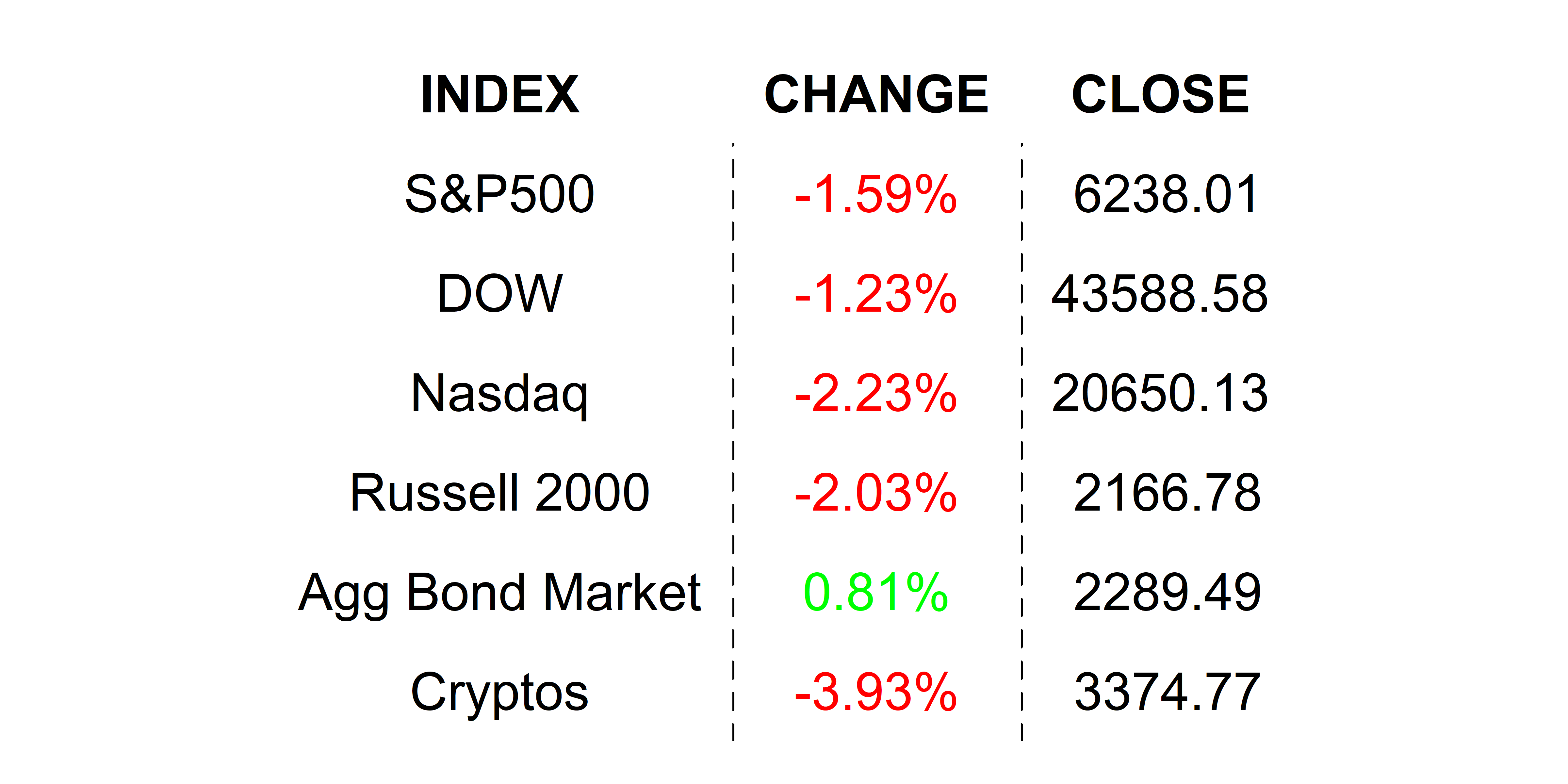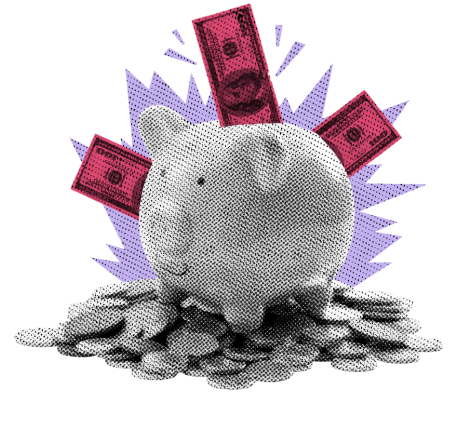
With tariffs rising and job growth collapsing, the Fed faces an impossible decision.KEY TAKEAWAYS

NEXT UP
DOWNLOAD MY DAILY CHARTBOOK HERE 📈
.png)

